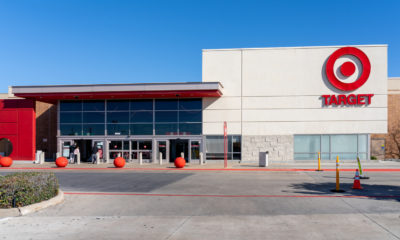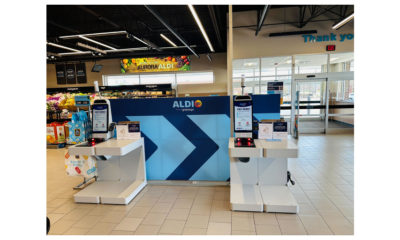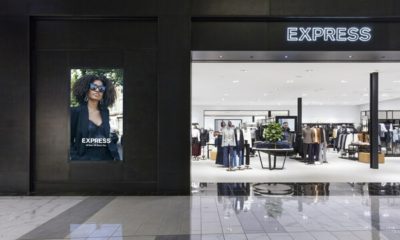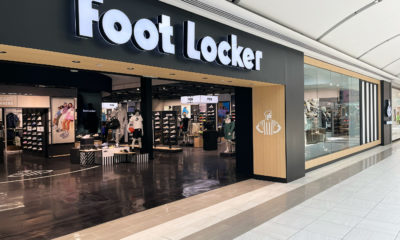John Ryan
Small May be Good…
…but big remains beautiful in some instances
MasterClass: ‘Re-Sparkling’ Retail: Using Store Design to Build Trust, Faith and Brand Loyalty
HOW CAN WE EMPOWER and inspire senior leaders to see design as an investment for future retail growth? This session, led by retail design expert Ian Johnston from Quinine Design, explores how physical stores remain unmatched in the ability to build trust, faith, and loyalty with your customers, ultimately driving shareholder value.
Presented by:
Ian Johnston
Founder and Creative Director, Quinine Design
-

 Photo Gallery2 weeks ago
Photo Gallery2 weeks agoThe 2024 Shop! Design Awards Winners
-

 Headlines5 days ago
Headlines5 days agoTarget Sued for Biometric Surveillance
-

 Headlines2 weeks ago
Headlines2 weeks agoALDI Launches Checkout-Free Grocery
-

 Headlines2 weeks ago
Headlines2 weeks agoLong Island Shopping Center Sold for $8M
-

 Headlines4 days ago
Headlines4 days agoExpress Files Chapter 11, Plans to Close 95 Stores
-

 Headlines2 weeks ago
Headlines2 weeks agoMicro Grocery Store Being Built in Tulsa
-

 Headlines4 days ago
Headlines4 days agoFoot Locker Unveils Updated Store Concept
-

 Designer Dozen1 week ago
Designer Dozen1 week ago2024 Designer Dozen: Lisa Rachielles


















